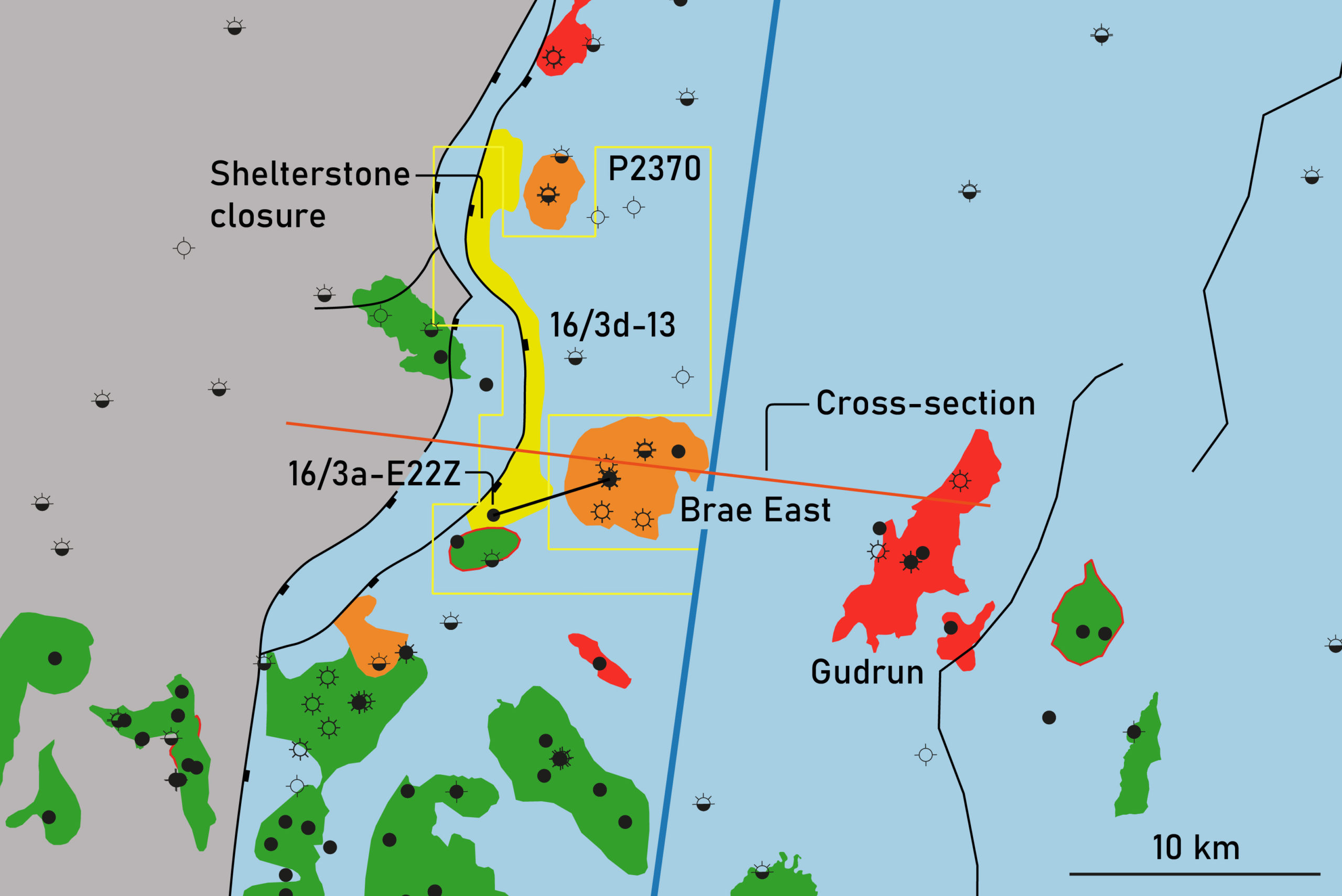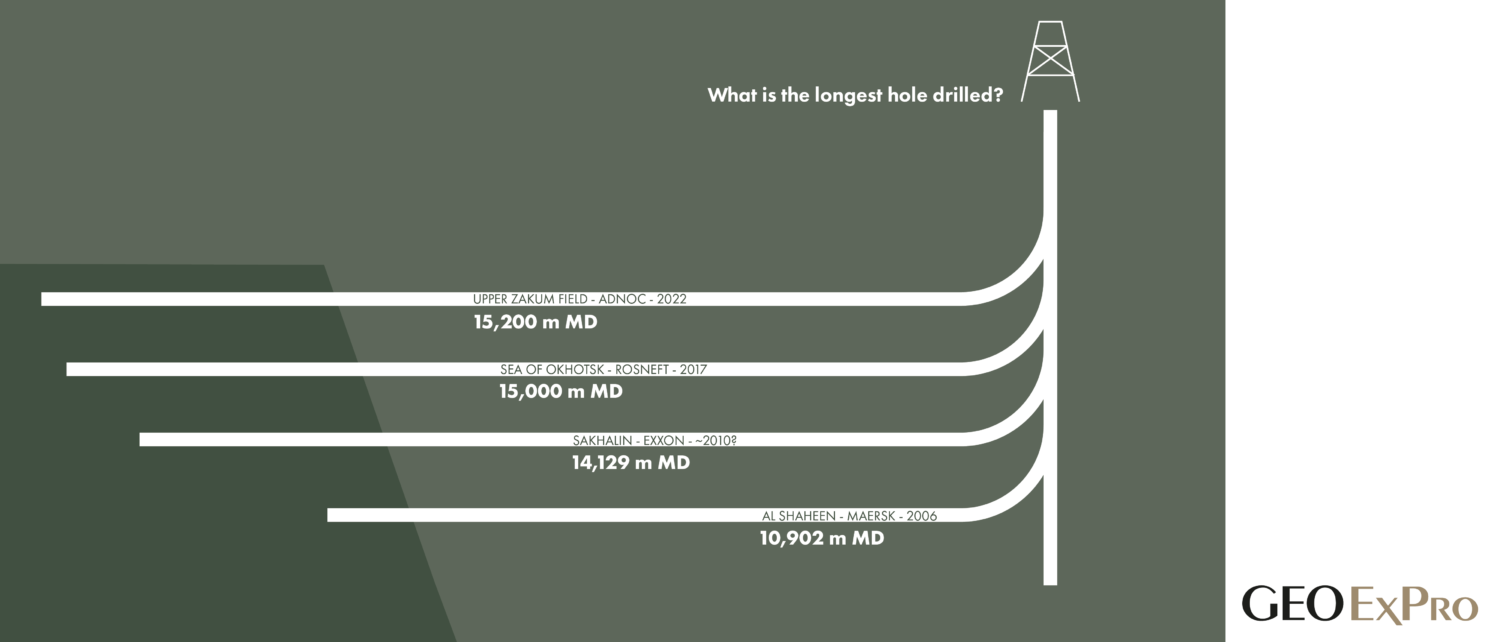“Until a few months ago, no one apparently seemed to remember about this well test,” says Mike Lakin from Envoi. He points to a test performed in one of the East Brae field development wells, 16/3a-E22Z.
Skiff Sandstone potential
The E22Z well was drilled to test a more westerly compartment of the Upper Jurassic Brae sandstone reservoir and thus was the farthest step-out drilled from the platform. Although the Brae sandstones themselves proved water wet, overlying Lower Cretaceous Skiff sandstones turned out to be containing both oil and gas.
During a 37 hours DST, the Skiff sandstone in the E22Z well flowed 509 barrels of oil and 9.7 mmscf in July 1997. A month later, the well was tested again but did not flow oil to surface. “Looking back at what happened,” Mike adds, “we now think that this may have been a combination of water ingress from water behind casing from the Brae sandstone deeper down, plus the fact that acid treatment accidently clogged the reservoir.”
Oil price did not help
In addition, this all happened in 1997, and the oil price had just dropped to a major low not seen since the early seventies. “In that sense, it is fairly easy to understand why there was no appetite to further look at the potential of a previously unrecognised prospect,” Mike explains. “It was reported to the authorities, but that’s it.”

Prospect mapping
Looking at the situation in this way, combined with new mapping of the Skiff sandstone extent, has now resulted in the definition of the Shelterstone prospect that can potentially hold 115 MMboe recoverable, with a significant upside towards >300 MMboe if the reservoir thickens towards the basin margin fault in the west.
It is also important to note that the E22Z well tested the southernmost part of the mapped Skiff reservoir in a location where it is nearly at its pinch-out line. This has to be factored in when looking at the prospect as a whole, with probably much better reservoir quality as well as thicker intervals in a northerly direction. Well 16/3d-13 drilled (water wet) Skiff sandstones further north and found an average porosity of 18% and 50 mD sands.
Development scenarios
Aberdeen-based Enneco Energy is currently the owner of the licence covering the Shelterstone prospect and is actively looking for a partner to develop it.
“There are a few development scenarios,” Mike says. “First of all, it would be possible to drill a few side tracks from the East Brae platform and immediately start production. The platform is marked for cessation of production in 2023, but this opportunity may extend its life for at least 5 years. It would also be the cheapest option, with an anticipated cost per well of 12 mm USD. Another option, that could also be done in tandem with side-tracks being drilled from East Brae, is drilling of an appraisal well near the crest of the prospect further north and then depending on the results either a subsea tie back to East Brae or a full stand-alone development,” Mike adds.
All in all, the Shelterstone opportunity in the UK North Sea seems to be the perfect example not so much of missed pay but rather of “forgotten pay”. If you would be interested in looking at this opportunity further, please contact Mike Lakin at Envoi Ltd or find more information about the opportunity here.
HENK KOMBRINK




